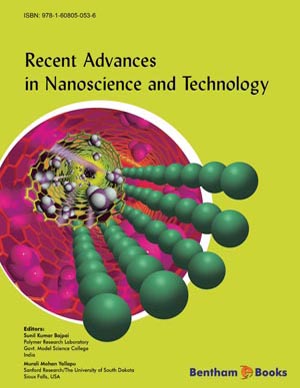Abstract
In this chapter we review the latest developments in the field of InP and GaP nanowires. A major part of the chapter is devoted to the vapor-liquid-solid (VLS) growth (mechanism) of nanowires, but also ‘catalystfree’ growth mechanisms will be discussed. The chapter starts with methods to obtain control of nanowire diameter and position. Such control is essential to understand the details of the growth mechanism. It will be shown that the liquid particle can truly catalyze the growth of nanowires. The other main theme considers the structural and optical nanowire properties. Nanowires can have a different (wurtzite) crystal structure than the bulk (zinc blende) materials. Parameters, which can affect the formation of specific crystal structures, will be discussed. Closely related to the crystal structure is the formation of stacking faults, such as twin planes. Single twins, paired twin and twin superlattices are characterized and their occurrence is explained by a kinetic growth model. Photoluminescence has been used to assess the optical properties of single nanowires. It is shown that wurtzite InP has higher bandgap energy than zinc blende InP. Control of the crystal structure allows for a new type of band-engineering. Finally, the photonic properties of wire ensembles are discussed.
Keywords: Nanowire, InP, GaP, VLS growth mechanism, stacking fault, superlattice, optical properties.



















